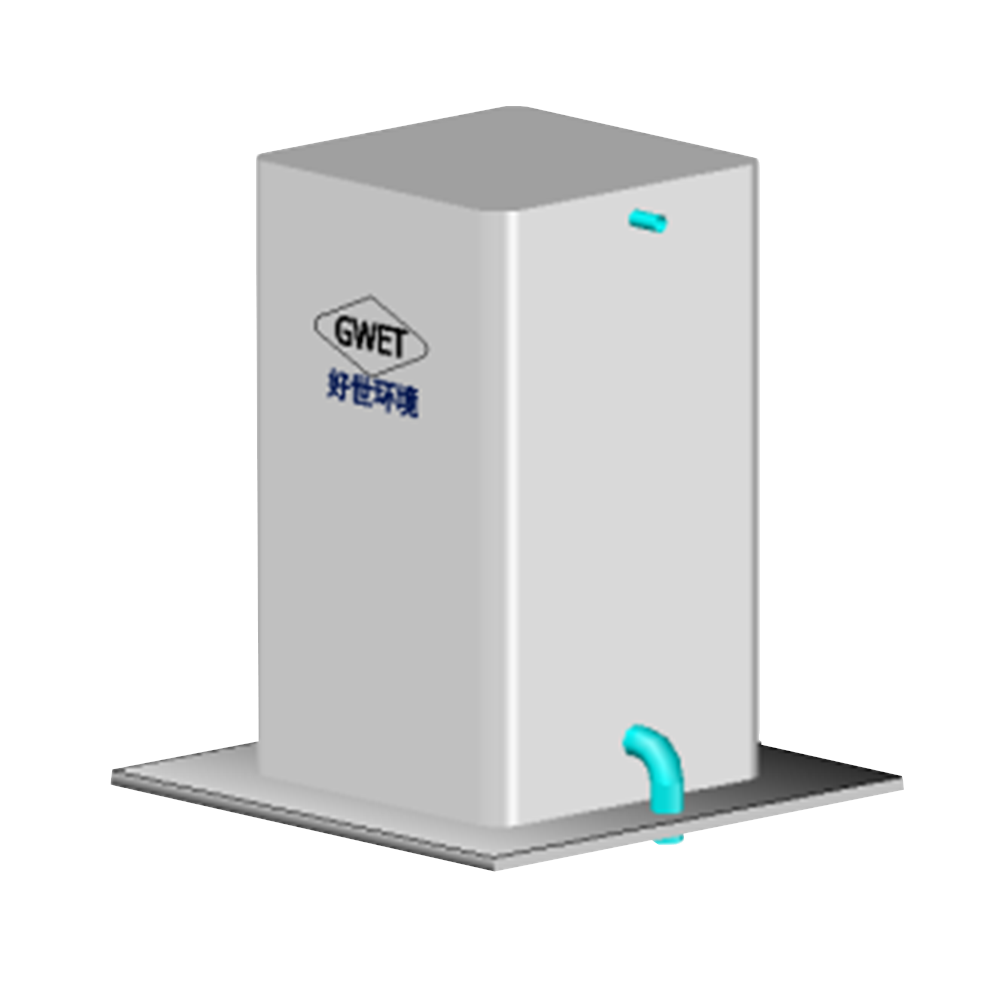2025-06-20
In recent years, automation and IoT technologies have dramatically reshaped the landscape of biological wastewater treatment, particularly in advanced systems like GBR bioreactors. As environmental regulations tighten and operational costs rise, the industry’s demand for smart, energy-efficient, and low-maintenance solutions continues to grow. For manufacturers of sewage treatment equipment, integrating automation isn’t just an upgrade—it’s a strategic necessity that transforms how systems are monitored, controlled, and maintained.
Traditional bioreactor systems often rely heavily on manual oversight for tasks like aeration adjustment, sludge management, and performance monitoring. This approach not only introduces room for human error but also consumes valuable labor hours, especially in decentralized or remote installations. The GBR system, designed with built-in IoT sensors and cloud-based automation, enables real-time process optimization and fully unmanned operation. From monitoring dissolved oxygen and pH levels to predicting load fluctuations, smart modules within the equipment continuously fine-tune performance to maintain ideal treatment conditions.

What truly sets modern sewage treatment systems apart is their ability to respond autonomously to changes in influent quality. Rather than depending on scheduled manual interventions, GBR units use sensor feedback loops to modulate aeration intensity and nutrient balance dynamically. This not only enhances treatment efficiency but also prevents biological shock, which can degrade performance. In facilities dealing with high-strength industrial wastewater or variable inflows, this adaptive intelligence is more than a convenience—it’s a critical safeguard for compliance and continuity.
Moreover, maintenance—a long-standing pain point in the wastewater industry—is drastically simplified through predictive diagnostics. IoT-enabled sewage treatment equipment can detect early signs of component wear, membrane fouling, or carrier clogging before they impact system throughput. By generating actionable alerts and maintenance schedules, the GBR minimizes unplanned downtime and extends component lifespans. These proactive capabilities shift plant management from reactive to strategic, lowering total lifecycle costs in measurable ways.
Remote monitoring and centralized dashboards further empower operators by consolidating multi-site data into a single interface. This is especially beneficial for municipalities or industrial clients with distributed treatment units. A plant manager can oversee performance trends, historical analytics, and compliance reports without being physically present. It’s no exaggeration to say that smart integration is making wastewater treatment more connected, efficient, and user-friendly than ever before, offering a distinct competitive edge to forward-thinking customers.
From a design perspective, GBR bioreactors incorporate automation not as an afterthought but as an integral part of the system architecture. This tight coupling of mechanical engineering with digital intelligence creates a cohesive platform optimized for both performance and ease of use. Unlike older systems that often require bolt-on retrofits to add monitoring capabilities, the GBR series is built from the ground up with smart operation in mind. That’s why more industries are turning to GBR when upgrading their sewage treatment infrastructure—because smarter truly means better.
In a market where every cubic meter of treated water counts, GBR bioreactors offer more than just compliance—they deliver peace of mind. Whether you're dealing with municipal loads, industrial effluents, or constrained operational resources, this new generation of sewage treatment equipment ensures your facility stays efficient, sustainable, and ready for future demands. We design with your goals in mind—because reliability isn’t optional, it’s engineered.